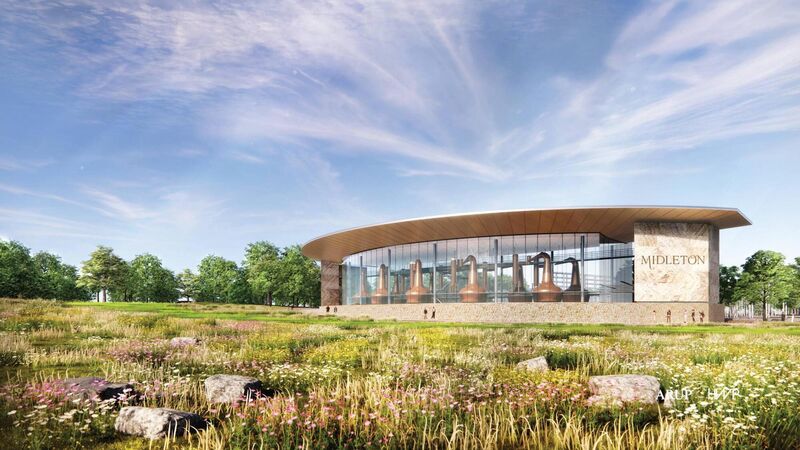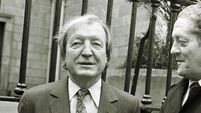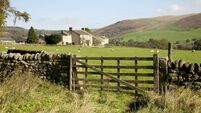In high spirits: Midleton Distillery gets a €250m investment

Irish Distillers announced on Monday that it is to invest €250m to build a new distillery on a 55-acre site at their existing plant in Midleton, Co Cork.
There is no denying these are turbulent times, and so there was an especially warm welcome for the announcement last Monday by Irish Distillers that it is to invest €250m to build a new distillery on a 55-acre site at their existing plant in Midleton, Co Cork, on the back of the continuing growth in sales of Irish Whiskey worldwide.
As the details were parsed, that welcome grew warmer still. Architectural drawings reveal a gorgeous new edifice, a sweeping curve of stone and glass through which giant copper whiskey stills will be clearly seen.












